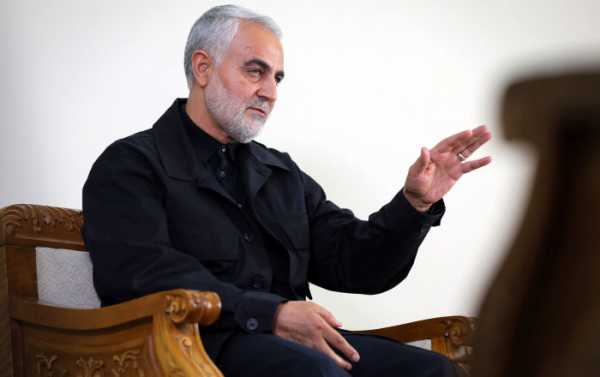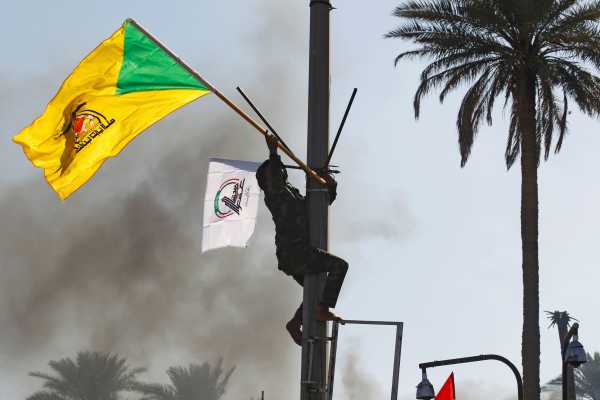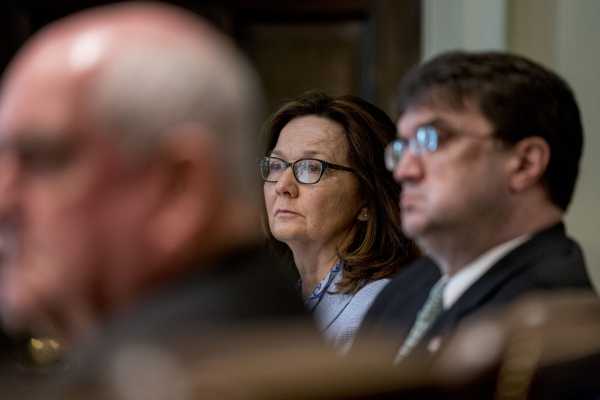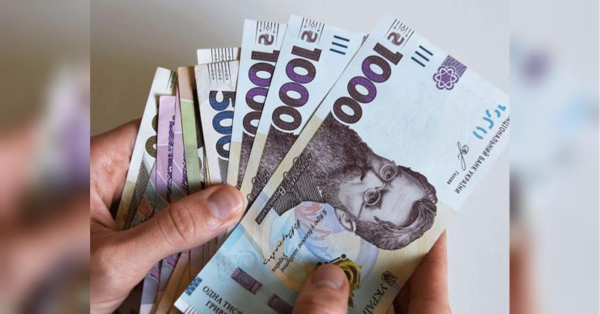
The Iranian Revolutionary Guards Quds Force commander was killed in Baghdad by a US drone in the early hours of January 3, putting the two countries on the brink of war.
The United States considered targeting Maj. Gen. Qasem Soleimani since at least July 2018, unnamed US officials have told The New York Times.
According to the newspaper, officials considered killing the senior Iranian general outside Iran, in Syria or Iraq, deeming that an attack against him in Iran itself would be too difficult to accomplish. The US effort reportedly included cultivating agents to report on Soleimani’s movements across the region.
Former Trump National Security Advisor John Bolton reportedly formally presented the option of assassinating Soleimani and other Revolutionary Guard leaders in May, after the US deployment of a carrier strike group to the Middle East and a series of tanker sabotage attacks which Washington blamed on Tehran.
A memo signed by Trump National Security Advisor Robert O’Brien listing Soleimani as a target began to be circulated on December 31, the same day that Iraqi protesters attempted to seize the US Embassy in Baghdad in response to the December 27 US airstrikes on a government-allied Shia militia group.

A member of Hashd al-Shaabi (paramilitary forces) holds a flag of Kataib Hezbollah militia group during a protest to condemn air strikes on their bases, in Baghdad, Iraq December 31, 2019.
That memo reportedly also included options to target an Iranian energy facility and a Revolutionary Guard coast guard command-and-control vessel. Along from Soleimani, O’Brien’s memo proposed targeting Abdul Reza Shahlai, a Quds Force commander near Sana’a, Yemen. The US moved forward with targeting Shahlai, but missed, a US official later told media.
No Proof of ‘Imminent’ Threat
In their comments to NYT, officials confirmed that there was ‘no single definitive piece of intelligence’ regarding Soleimani’s alleged plans to target America and American interests in Iraq. Instead, CIA officers claimed that Soleimani was planning to target US embassies and bases in Lebanon, Yemen and Iraq using proxy forces. Officials also admitted there was no information that the threat was “imminent,” nor information on the possible number of casualties. This contradicts sentiments expressed by Secretary of State Mike Pompeo, who told reporters shortly after Soleimani’s killing that the Iranian commander posted an “imminent” threat to the US and its allies.

CIA Director Gina Haspel, center, attends a cabinet meeting in the Cabinet Room of the White House, file photo.
After Soleimani’s death, Iraqi caretaker Prime Minister Adel Abdul Mahdi revealed to Iraqi lawmakers that Soleimani had been in Iraq on a peace mission brokered by Baghdad meant to reduce tensions between Iran and Saudi Arabia. Mahdi said that Trump had thanked him personally for Baghdad’s peacemaking effort, giving Soleimani the impression that he would be safe in Iraq, all the while planning the Iranian commander’s killing.
Soleimani, 62, was killed on the morning of Friday, January 3 after the convoy he and a senior Iraqi Shia militia leader were traveling in was attacked by a US Reaper Drone at Baghdad International Airport. Soleimani’s Quds Force, an elite military formation responsible for Iran’s extraterritorial operations, has been involved in multiple anti-terrorist operations in the region over the years, targeting al-Qaeda* in Afghanistan and Syria, and participating in Syrian and Iraqi operations to defeat the Daesh (ISIS)* ‘caliphate’ between 2014-2017.
Sourse: sputniknews.com






